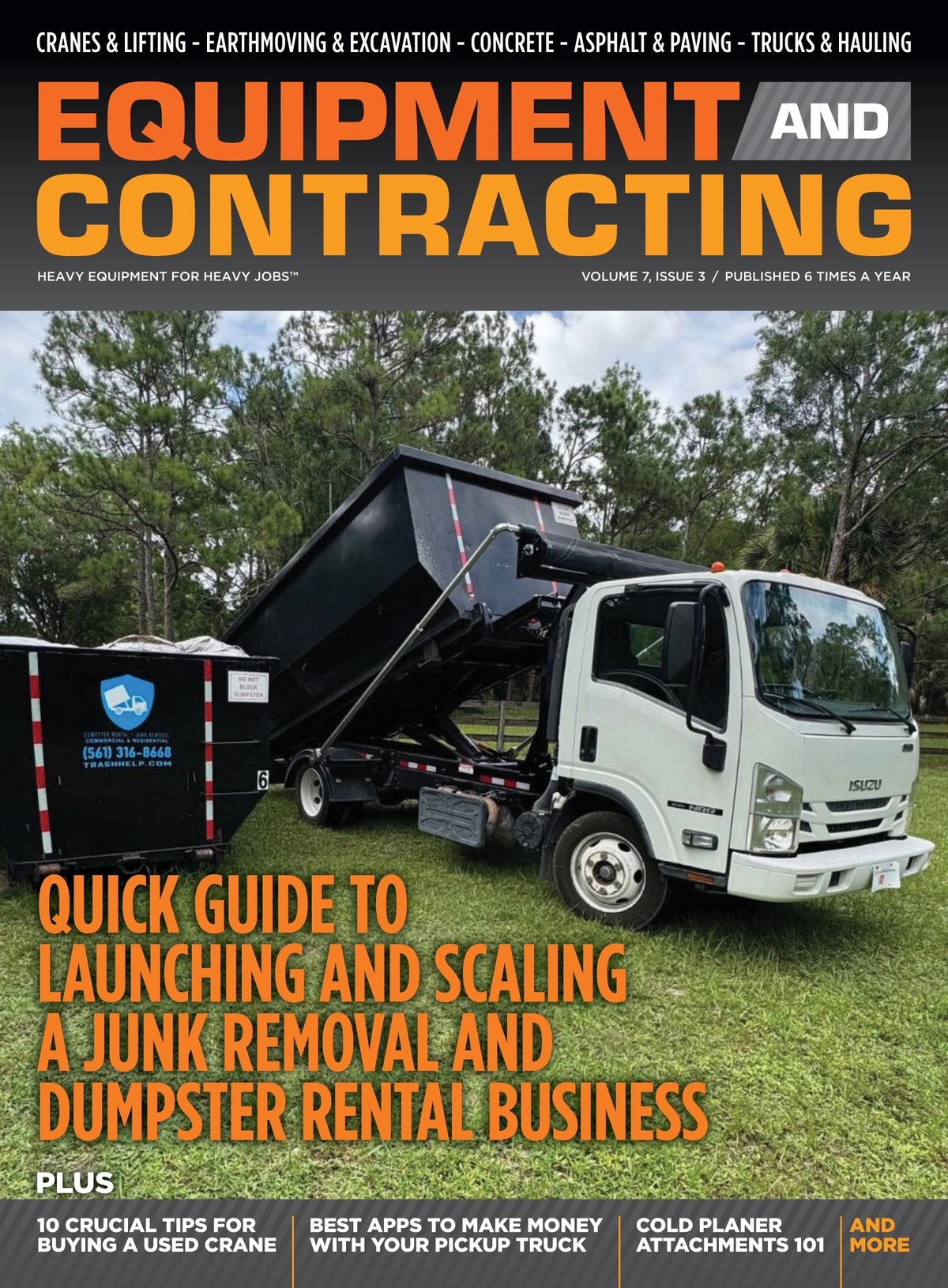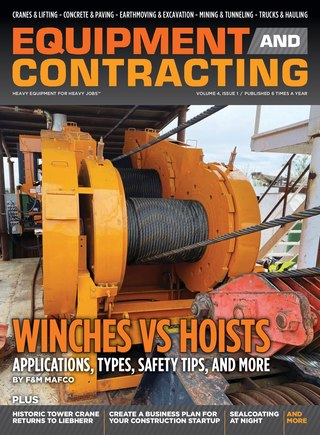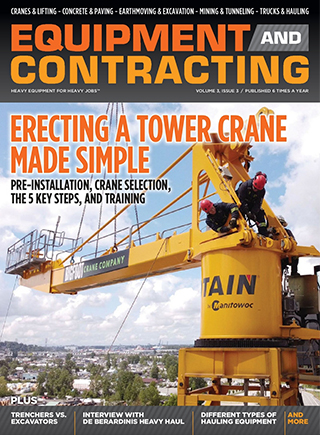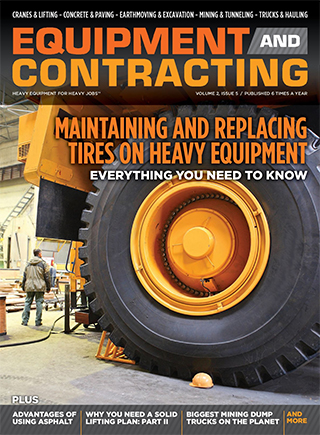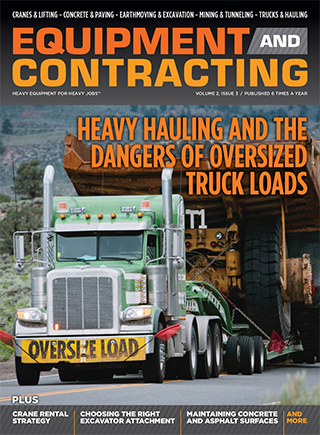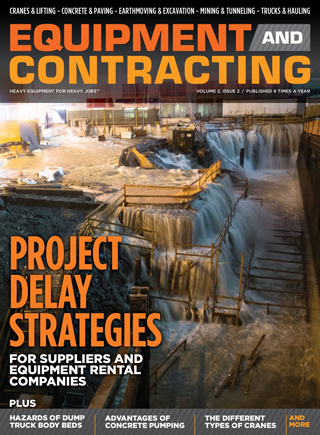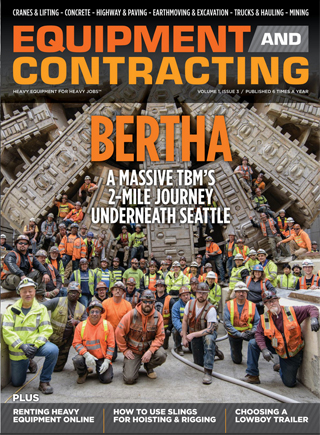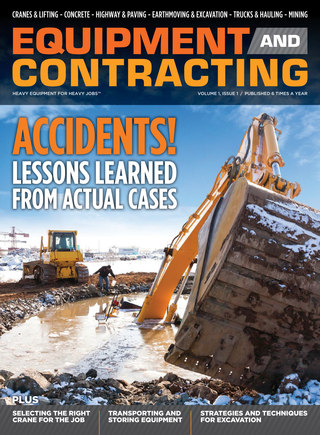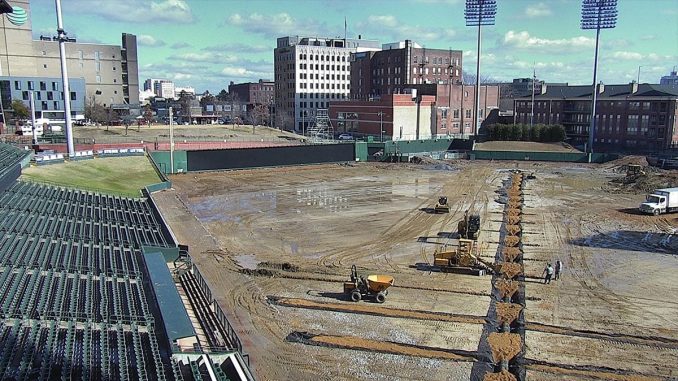
Construction sites are complex environments with many moving parts. When managers cannot be everywhere, jobsite cameras provide visual monitoring that supports productivity and safety. Below are five ways in which well-deployed camera systems can make a meaningful difference.
1. Enhanced Site Visibility and Remote Oversight
Modern camera systems allow project teams to observe site activities without being physically present on every part of the project. Remote access via web platforms makes it possible to view current image captures and live feeds, giving a wider understanding of site conditions. A review finds that continuous visual streams support better planning and oversight of large-scale sites.
By improving visibility, managers can track progress more reliably, verify resource deployment, and respond when conditions deviate from plan.
2. Time-Lapse Documentation for Progress Tracking
Time-lapse cameras capture images at intervals and create an archive or video that shows the evolution of a construction project. This visual record supports accurate documentation and aids project reports. Time-lapse provides a visual timeline that illustrates every phase of construction.
Such documentation also enables comparisons between planned progress and actual build-up, helping teams stay on schedule.
3. Accountability, Training and Process Improvement
When site activities are visualised continuously, accountability increases. Camera records create a trail of activity, allowing managers to review workflows, detect inefficiencies, and train teams. Ttime-lapse footage can help with safety awareness and training. Watching time-lapse videos can help site personnel become aware of safety practices.
This means the camera system becomes not only a monitoring tool but also one for learning and operational improvement.
4. Safety Monitoring and Risk Management
Safety remains a top priority on construction projects. Camera-based monitoring helps by offering visual records that support risk identification, hazard detection, and compliance tracking. One study shows that time-lapse and camera systems can help in documentation of site conditions and incident investigation.
By having remote visual access, project managers can review what happened in the build-up to any incident and improve future safety measures.

5. Reducing Rework, Delays and Disputes
Rework and delays can significantly impact budgets and schedules. Camera systems help create clearer visual records of what happened and when, which supports claims resolution, stakeholder communication and resource planning.
By reducing ambiguity, these systems contribute to fewer disputes and better project outcomes.
When evaluating such a system, consider one that offers remote access, time-lapse capability, reliable documentation, and strong compliance features. Embedding visual monitoring into your workflow empowers your team to stay on track, improve safety and deliver with confidence.



